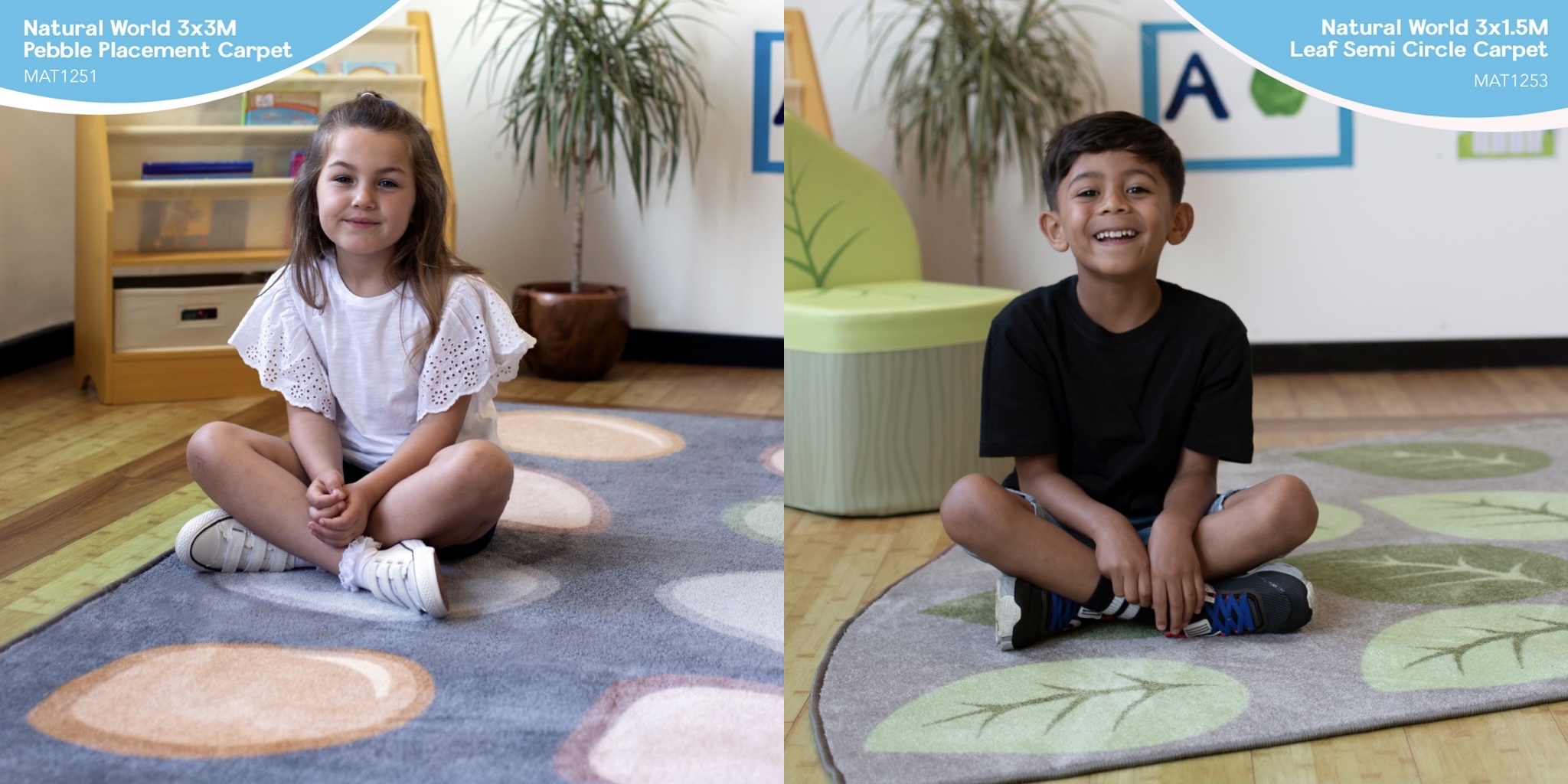

Creating Calm in your Learning Space
Creating a calming environment helps children to focus and will set a relaxing tone for the day, for both staff and students alike.
Research shows an increasing number of children are now coming into school with mental health and wellbeing issues, which in turn impact on their behaviour within the classroom.
By making some tangible changes in the learning environment you can support those who may be struggling with adverse experiences and make your teaching space calm and inviting for all your students.
There are a number of ways in which you can easily adapt your setting, ensuring you reap the benefits of dedicating some time and resource to this area.
Creating a calming environment
We all want to create an environment that is inspiring for our little learners. If your space is too busy this can result in sensory overload for some children, so keep it simple.
The natural world has an instantly calming effect for most people, so consider bringing the outdoors in, from twigs and branches to decorate the ceiling, to plenty of house plants to bring some greenery into your setting.
Introducing a dedicated space for quiet time will encourage children to relax. Using soft lighting, such as room lamps, and soft textures, such as rugs and cushions, will create a calm and peaceful atmosphere, especially helpful if you have children who can become overwhelmed by the normal classroom environment.
Choose neutral tones in your decoration
Try to avoid having bright colours on the walls and hanging lots of things from the ceiling. Using neutral colours with regards to furniture and noticeboards will remove unnecessary distractions and put the focus back on the task in hand.
The colour of a room has been shown to influence our mood; this is why it is important to choose colours wisely. Green helps to reduce anxiety, is known to be mind-clearing and has warmth to promote togetherness. Blue is also seen as a calming colour but too much can then create a cold environment. Neutral colours offer flexibility in a room and allow you to bring other colours in when needed.
Remember to apply this to all your accessories, for example try swapping brightly coloured containers for natural wicker baskets.
Calming resources
Sensory items encourage reassurance and relaxation, and can help to set the mood. Sensory resources can help children struggling with attention span to improve their focus, and certain resources also support social interaction.
Calming music has a positive effect on our mood and is well-known to reduce stress levels. Consider incorporating music into a certain time of the day or a specific activity to regulate classroom behaviour.
Placement carpets can be useful to encourage children to engage and concentrate. These are available in a variety of sizes and varying number of placements, so can be used for the whole class or small break out areas. The benefits are each child gets their own personal space, so they know where to sit and hopefully arguments are avoided.
Wellbeing activities
Wellbeing in the Early Years environment is something that hasn’t been spoken about widely in the past but is now becoming more evident, highlighted by the focus on this area in the 2020 curriculum amendments. By making wellbeing part of a daily or weekly activity you can give each child the opportunity to express themselves, or just have some quiet time to reflect.
Yoga is a great activity in this regard, combining relaxation and breathing techniques with physical exercise, it can have a plethora of positive effects on children.
Our Mindfulness carpet brings some calm into the classroom and comes in a super soft luxury pile which allows children to sit or lay down to relax. The words on the carpet can be explored to discuss both positive and negative emotions that the children may be experiencing, or it can be used as a space to sit calmly and do some breathing exercises.
You don’t have to make all theses changes over night, indeed drastic changes to your setting can unsettle children further. Gradually introduce these elements, and always keep in mind that if you are making big changes to inform the children first. Don’t be afraid to try things out, even small changes have the potential to bring you a big return in terms of behaviour, and all your children will thank you for it.